Subscription Boxes – Don’t Rely On Free Samples
Many of the early subscription boxes that launched in 2011 used what I like to call the ‘sample discovery’ model.
It actually makes a lot of sense. Subscription brands asked vendors/manufacturers for free product (usually sample size) in exchange for exposure to a niche target audience, free marketing, data, product feedback, etc. Consumers then pay a small monthly fee (usually $10-$20) to discover new products and essentially ‘try before they buy’. Often part of the value for consumers is that an ‘expert’ would be ‘curating’ the unique assortment of products they receive.
Many of these subscription sample boxes then tried to ‘complete the circle’ and sell the full-sized version of the products direct to consumer as well (my first subscription business, Conscious Box included).
“So what’s the problem? This sounds great.”
The problem is, as this business model became more and more popular, consumer product brands starting getting inundated with e-mail sales pitches requesting free samples. Some brands I’ve talked to have reported getting a free product request from a new subscription box every day!
Also, with more and more cool subscription boxes to choose from, consumers all of a sudden had a lot more options. All of a sudden no one cared about ‘curation’ anymore. Everyone was offering some form of ‘expert curation’. The important value proposition for consumers shifted away from curation and towards less subjective things like ‘retail value’. Consumers went from appreciating the unique variety of products they received to ignoring the curation and busting out their calculators to add up the actual retail value. Bloggers even started talking about how much they ‘profited’ from each box they received.
The short story is, product sourcing (or procurement as I like to call it) got really hard. Even if you have the resources to be constantly growing your sales team, you’ll quickly find yourself struggling to maintain product quality – especially as you grow beyond 3,000 subscribers. Many consumer product brands (even if they wholeheartedly buy your sales pitch) simply can’t afford to send you more than 2,000 or 3,000 units of free product. Let’s say you grow to 25,000 monthly subscribers – you may find yourself with a minimum of 15-20 different box variations going out to your customers each month.
Every additional ‘box variation’ you have to send out each month adds quite a bit of logistical headache, because of this, most subscription boxes tried to minimize the amount of variations by only working with consumer product brands that can provide larger amounts of free product (10,000-25,000 units).
Except, there’s one problem. The brands that can afford to send 10,000 to 25,000 units often are less desirable/lower quality products.
As a result, many subscription boxes that use/used this business model have experienced 20-40% month to month churn. Subscription boxes live and die by retention – if your subscription business isn’t built to enable you to consistently put out a quality product each month it won’t be sustainable.
So what happened to these ‘sample discovery’ subscription boxes?
Some of them pivoted, some of them died and some of them are still floundering. The ones that pivoted essentially raised their prices so they could build in margin to purchase product. For me personally, I usually allow about $15 per box to spend on product. This enables you to be consistent with product quality, keep customers happy, and build a long term, sustainable subscription business.
The ones that died, essentially just ‘churned out’. Procurement got overwhelming (your vendors can churn out too!), the product got worse and worse, customers got irate and they were forced to shut down.
The ones that are still around and never pivoted (Birchbox and most beauty subscriptions) have the luxury of a unique niche that enables them to continue to send out sample/travel-size/deluxe size that have an actual retail value far above the price paid. Many of the large multinational beauty companies can also afford to send tens of thousands of free products (they cost pennies on the dollar to make and the margins are HUGE).
Don’t get me wrong. I love Subscription Box Businesses! Just make sure to build in margin to purchase product. Here’s why:
- You can keep product quality consistent and you have more control over what you select for your box each month.
- You don’t have to scale a sales team. One ‘buyer’ will do! Vendors respond much better to buyers and often you get a response without ever having to follow-up (as opposed to 2-5 follow-ups before you get a response to your sales pitch).
- As you grow you can still work with small boutique, ‘artisan’ brands. Most small brands can scale production quickly, they just need their costs covered to do it!
- It’s easier to plan months in advance – you’re not at the mercy of the vendors. You’re in control now!
And remember: Price your subscription right! Pick a price point that gives you at least 30% to spend on product. If you think you can get free product easily, great – just don’t build your business on it. Think of free product as a bonus.

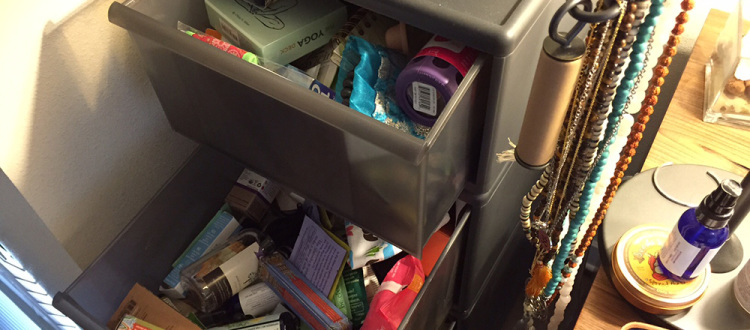








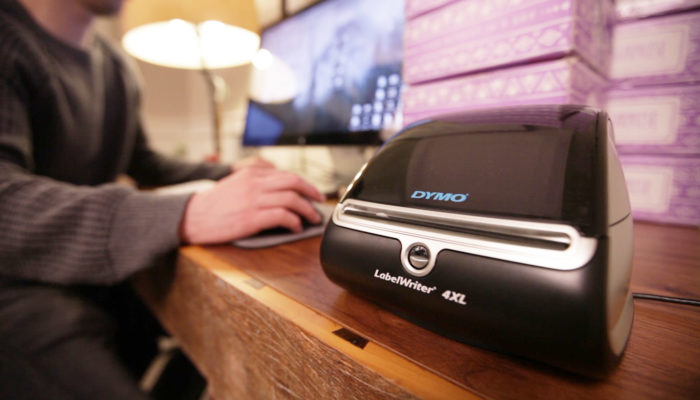
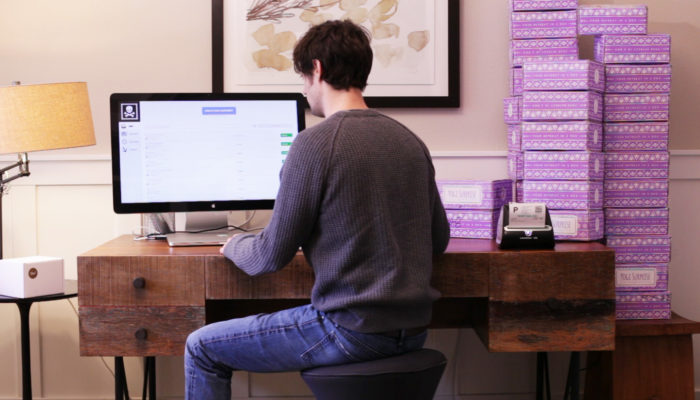
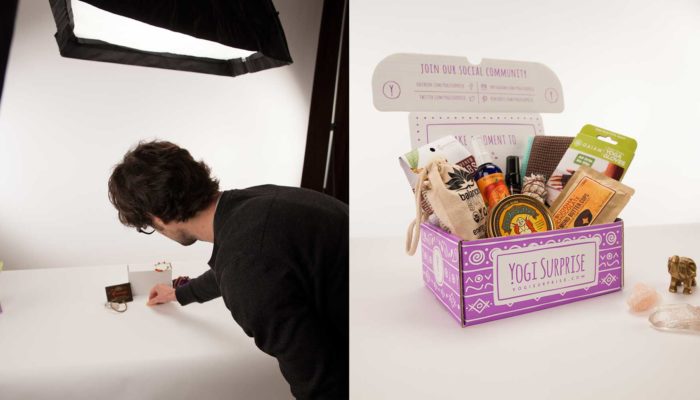
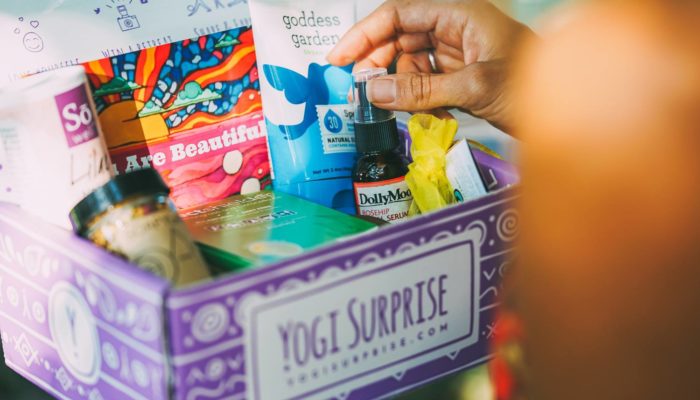
Hi James, how would I go about asking for samples from cosmetic companies? Would it be beneficial to just purchase sample sized samples or to ask if they give free samples away?
Thank You
Hi Catherine, if you do want to do a ‘sample discovery’ subscription, just make sure you build in margin to purchase the samples if you have to. If you can get them for free (because of a good marketing pitch angle) consider that icing on the cake – just don’t build your pricing to rely on donations :)
Thanks for the advice. This article made a lot of sense to me, however, you mentioned about working with Artisan brands. I would imagine these brands are smaller in nature and can offer products on a smaller scale.
Where would you recommend finding these brands? Etsy and Pinterest seems like the logically choice, but I’m just guessing.
Thank you for your article. It was a really good help for me as I’m starting this model in Portugal (is something new here).
I don’t want to create a box with just samples but I’m struggling to find products with more than just 20% of discount for me as a reseller buyer (which doesn’t cover shipping, packaging and other fees).
I really don’t know how to do it, how to write a good proposal or ask for samples.
Could you please explain it to me briefly?
Kind regards
Alex